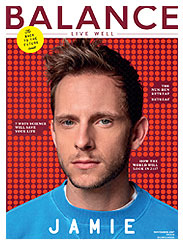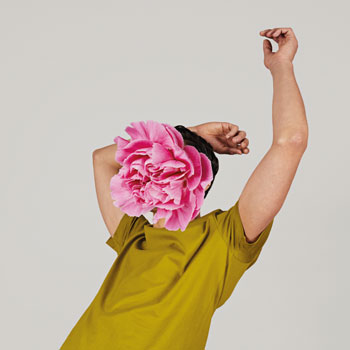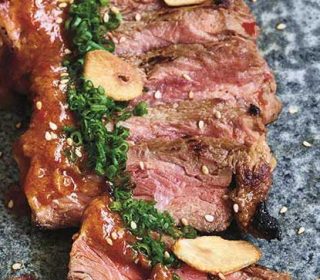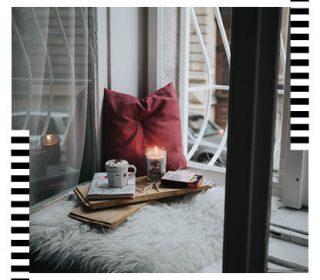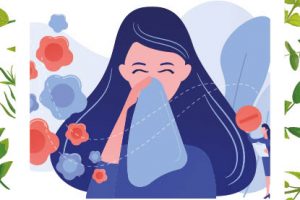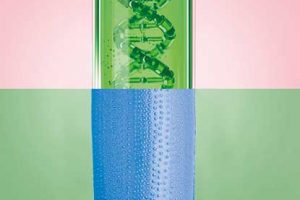Beat your festive funk through legal highs
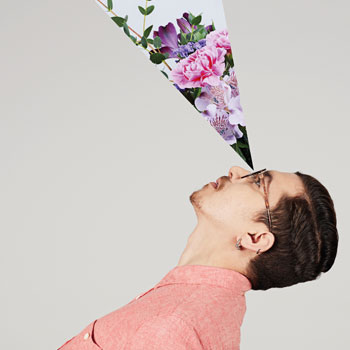
One thing needs to be made clear from the outset: I have a tendency towards low moods, and drugs are probably the reason why. This makes the winter blues a gloomy reality for me. I miss the sun. I miss warmth. I miss long days and heightened energy.
More specifically, I miss the energetic, get-up-and-go version of myself that seems to emerge around May or June each year. You feel it too? We’re not alone. Seasonal Affective Disorder (SAD) impacts thousands across the UK every winter. It’s not just the perpetually gloomy or those with questionable habits who feel the effects – it’s a widespread, very human phenomenon.
In recent years, I’ve come to understand how certain lifestyle choices have affected my mood and energy. With that awareness, I’ve embarked on a mission to find ways to boost my mood naturally – and to leave winter’s lethargy behind.
GET HIGH ON DOWNTIME
My history with “quick fixes” (including stimulants to stay focused at work and substances with far less noble purposes) has left me facing my thirties with a need for more sustainable highs. Combined with my tendency toward anxiety and low mood, I’ve realised the simple truth: joy doesn’t come easy, and I have to work at it.
That’s where my quest begins. To navigate it, I turned to someone who knows how to optimise performance for people who need it most: psychologist and performance coach James King. Known for his practical, no-nonsense approach, King works with everyone from elite athletes to high-performing executives. His advice? Don’t overthink it.
“It’s all about finding what works for you personally,” he explains. “Don’t rely on generic, one-size-fits-all tips. Think about what truly relaxes and energises you, and don’t beat yourself up for leaning into it.”
For me, that’s the simple pleasure of reading the paper or the catharsis of a good gaming session. King reassures me that it’s fine—even beneficial—as long as I set boundaries. “As long as it’s kept to a reasonable amount of time, it’s actually productive downtime,” he says.
Inspired, I overhaul my morning routine. The alarm now rings half an hour earlier, leaving time for coffee and the day’s headlines. As I sip my brew and skim the paper, I feel… fine. Not exactly ecstatic, but the intention feels grounding. King suggests that building in time for what you enjoy creates space for wellbeing to emerge naturally. He might be onto something.
FIND YOUR RHYTHM
You may have heard of the circadian rhythm. We know this internal clock governs our sleeping patterns and, as a consequence, our energy, but now scientists are starting to realise it also affects our organs. In terms of mood, its role is quite simple: your circadian rhythm affects your hormones, the balance of which underpins how you feel.
When the sun goes in, a few things start going on inside your body. The first comes from a lack of natural light, which confuses your sleepy brain. Then there’s vitamin D.
Billions around the world are reckoned to be D-ficient. According to a study undertaken at the University of Melbourne (and the Aussies know their sunshine science), during darker months, the lack of vit-D from sunshine could even be reducing serotonin – a mood-regulating neurotransmitter – in your brain.
So it stands to reason this is one pill worth taking. I scour labdoor.com, a group that tests the efficacy of pills and powders, and learn that Carlson Labs D-3 is among the best on the market.
It sets me back more than a tenner, which, ironically, puts me in a foul mood.
One of the most study-backed ways to boost your mood during winter is blue light therapy, it seems. After turning my nose up at a plethora of ugly sunrise alarm clocks and table lamps, I discover Philips Hue bulbs, which are techy and stylish enough to suit my love for both gadgetry and home decor.
I’ve programmed the bulbs with the Hue app and they now wake me gradually with a bright light every morning and put me to sleep with a relaxing, warmer coloured setting at night. Again, far from cheap, they’d better work.
TAKE YOUR HAPPY PILLS
A week of earlier, better lit mornings and some structured downtime has definitely set me at a more even level. Energy: better. Mood: calmer, but certainly not ecstatic. I feel I’ve established a foundation. Now I want to build a proper high.
To that end, I go in search of drugs. But this time, my dealer is a health nut. Dax Moy is a healthy lifestyle coach whose work ranges from getting actors fighting fit to putting a spring back into the step of elderly people who’d otherwise be sofa-bound.
Moy and I have worked together on many projects and his knowledge on herbal supplements always terrifies me. What I need, it seems, is rhodiola and ashwagandha.
He explains: ‘The first is a gentle stimulant with mood-boosting properties and the second is a powerful anti-inflammatory that’s been shown to help out the brain.’
He’s not wrong: both are finding their way into nootropics – new wave pills formulated by Silicon Valley scientists looking to turn a buck from the nascent smart drugs industry.
Of all my recent forays, these yield the most palpable results. Rhodiola actually has a slight rush to it mildly reminiscent to coming up on ecstasy. (Big emphasis on mildly, but there’s a feeling nonetheless).
It is a stimulant, so talk to your GP before trying. A day high-dosing ashwagandha has left me entirely calm. There’s perhaps some placebo effect at work, but who cares? I feel great.
A nutritionist friend also suggests I add L-theanine into my drug cocktail. This is the amino acid found in green tea that calms the nervous system, reducing anxiety.
He also explains that it can affect dopamine levels. I pop one in the evening. I’m not sure exactly what knocks me out (this is an inexact study, it must be said) but my girlfriend finds me three hours later after a drool-soaked nap. I’m usually far too highly strung for such pleasures.
STAY AT THE TOP
6am artificial sunrise (the ‘energy’ setting on the Hue bulbs in full effect). Rhodiola instead of coffee, washed down with a glass of water and some ashwagandha. I’m reading the paper and am genuinely pumped for the day. It feels almost trite to come to this positive a conclusion after only two weeks, but it’d be dishonest of me to say otherwise.
A surprising but entirely welcome side effect is the improvement in my work output. I feel more content and less distracted.
My girlfriend suggests I even look more relaxed in my face, whatever that means. I may not be perpetually happy but, after a fortnight of making time for myself (and with some chemical help), I’ve found moments of feeling genuinely high.
If I were to put my finger on the main cause, I’d say it’s the supplements.
But cultivating a healthy high is an accumulative process made up of lots of small building blocks (though sex does offer a sizeable boost, FYI).
Huge dopamine spikes are only found in the kind of drugs you want to avoid. As I’ve learned over time, what goes up must come down. So give me the little hits any day.
FIND YOUR BALANCE: INCREASE YOUR NATURAL HIGHS
CLIMB HIGH: Make 30 minutes on the climbing wall your new staple workout. The meditative focus and exhilaration cause a happiness spike, say researchers. Get your spirits up in more ways than one.
CHILL OUT: A quick blast of a fully cold shower can boost your mood, researchers say. In fact, some scientists believe it might even prove to be a useful treatment for people with depression.
EAT RIGHT: Getting enough L-tyrosine ensures the foundations for dopamine synthesis, says nutritionist Drew Price. Eat bananas, protein and try a supplement to boost your levels.
GET VITS: A multi-vitamin not only helps your immune system, but your mood as well. One study found almost a quarter of depressed people are lacking vitamin B6, so make that your focus.
KICK BACK: Meditation is moving out of Buddhist centres and into research labs, and with good reason: it boosts your immune system and sense of well being. Sit down, get high…


